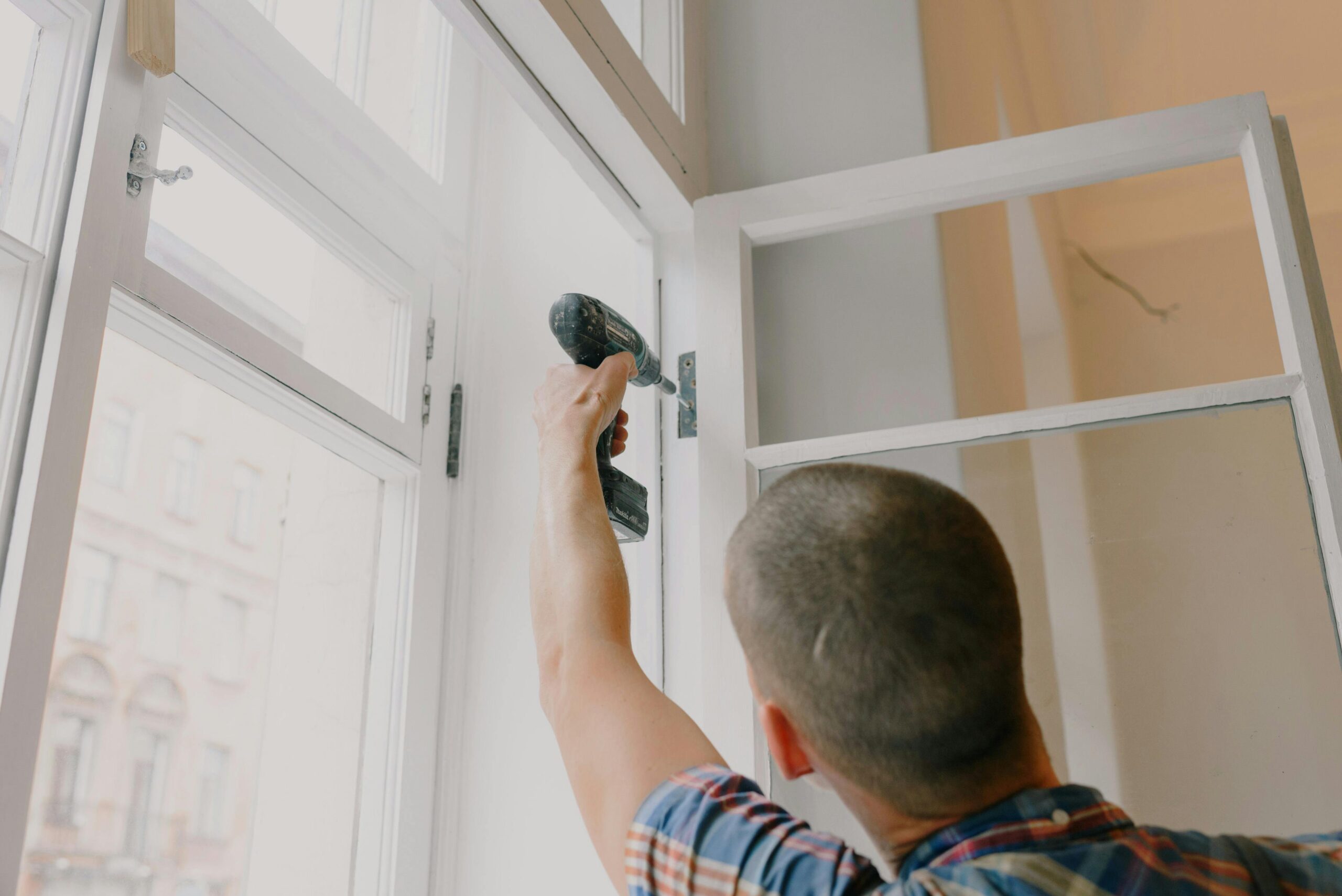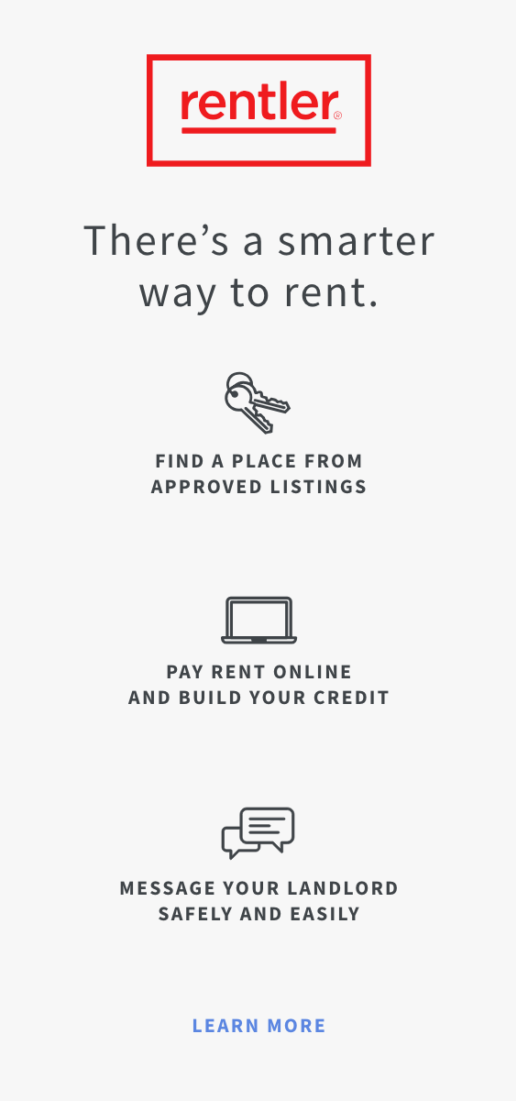Being a landlord is a pretty sweet gig. That is, until something breaks. Then, your passive income becomes an active expense. But before you write a blank check to the maintenance worker, here are a few tips for handling maintenance issues in a rental.
Communication is key
Effective communication is the bedrock of the landlord-tenant relationship. Clear and prompt communication ensures minor issues don’t snowball into lawsuits. Clearly defined expectations prevent misunderstandings, and well-informed tenants are more likely to renew their leases.
Here’s a few questions to start a dialogue:
- How can tenants reach you?
- What constitutes an emergency?
- Are there any safety concerns?
- Do you need to come check out the damage?
- Who is responsible?
- What is the timeframe for repairs?
- Has the tenant taken any steps to address the issue?
- What does the lease say?
A generic lease from a free website outlines the landlord’s responsibilities, such as maintaining the property, making repairs, and providing essential services. However, those conditions are vague.
Who will change lightbulbs, air filters, and smoke alarm batteries? Who’s paying for the locksmith when a tenant gets locked out or the plumber when the toilet gets clogged with baby wipes?
Having a detailed lease and upfront communication will benefit all parties.
Understand the law
Every state has laws for tenants and renters. Landlords are responsible for:
- Keeping properties up to code: Maintaining safety, health, and livability standards prevents code violations and fines; this includes appliances, smoke detectors, and water leaks.
- Maintaining a habitable environment: Landlords must ensure the rental property is safe and suitable for tenants. The unit must be structurally sound, have working utilities, and proper sanitation, including pest and mold remediation.
- Timely response to maintenance requests: By law, the landlord must address maintenance issues within a specific timeframe.
Tenants are responsible for:
- Reporting issues: Tenants should contact management immediately for damages or safety issues.
- Cleaning: The tenant should keep the rental property clean to prevent unnecessary damage.
- Minor repairs: The tenant is responsible for repairs caused by normal wear and tear. I.E., changing light bulbs, unclogging drains, and replacing the furnace and air filters.
- Following the lease terms: The tenant is responsible for understanding their role in the repair and maintenance process, including their financial obligations.
When both parties understand and uphold these legal responsibilities, they can avoid fines, penalties, or legal disputes.
Bonus tip: Failure of the landlord to make repairs could legally allow tenants to withhold rent payments.
Use a Maintenance Tracking System
Whether you have one property or 100, you’ll need a system to keep track of your maintenance requests. Rentler’s free maintenance tracking software tool lets you view and track all maintenance requests. Plus, you’ll have a digital paper trail for easy documentation retrieval in case there’s a dispute.
Some software tools also let you set preventative maintenance reminders and provide data analyses. Want to make renting even easier for your tenants? Some sites have renter’s portals, where they can pay rent, message landlords, submit and track non-emergency maintenance requests, and more.
Bonus tip: For multiple properties, use the same interior paint color, appliance brand, and design finish to ensure continuity of repairs, reduce response time, and eliminate guesswork.
Conduct Regular Inspections
Here’s how regular inspections impact maintenance issues, help you avoid safety liabilities, and check tenant compliance:
- Health and Safety: Inspections identify potential safety hazards, such as faulty wiring, mold, or structural issues.
- Tenant Compliance: Inspections ensure tenants adhere to lease terms by maintaining cleanliness, preventing unauthorized modifications, and preserving the property.
These inspections might reveal an unauthorized occupant, disabled smoke alarm, or pet violation, which could significantly impact maintenance costs. Inspections help landlords avoid fines and legal issues by ensuring compliance with local housing laws. So, unless you’re counting on your big break coming from an episode of Hoarders, I recommend checking in on your investments from time to time.
- Documentation: Inspections document the property’s condition over time, which can help resolve disputes with tenants. Take photos of maintenance issues.
With Rentler’s maintenance software, tenants can upload images of their repair requests to speed up the process. These photos will help you gather estimates and budget for upcoming repairs.
- Pest Control: Early detection of pest infestations allows swift intervention before significant damage or health concerns arise. Plus, if there’s food and trash strewn about, the tenant is culpable, and you’re off the hook.
Bonus tip: Take pictures of the unit before tenants move in to set a baseline condition for the property.
Practice Preventative Maintenance
There’s no need to wait for something to break. Preventative measures keep repair costs down. While performing your routine inspections, here are a few things to monitor.
- HVAC system
- Plumbing and septic systems
- Smoke and carbon monoxide detectors
- Roof and gutters
- Pest control
Preventive maintenance preserves property values while boosting tenant retention. Remember to set up your preventive maintenance schedule in your maintenance tracking software.
Bonus tip: Avoid mold growth by connecting a bathroom fan to the light switch.
Invest in LED fixtures, programmable thermostats, or fixtures with long battery lives.
Hire a Landscaper
Sometimes, you buy a home to flip, but then it doesn’t sell, so you decide to rent it. However, a large lot and high-maintenance lawn intended for homeowners are not a match for most renters. Unless specifically assigned to the tenant in the lease, you’ll likely need to hire landscapers. Generally, lawn care for rental properties is tax deductible as a business expense, even if you decide to do it yourself. Check your local tax codes for confirmation.
Bonus tip: For smaller yards, consider xeriscaping with native plants, rocks, mulch, and hardscapes. These low-maintenance landscapes rarely need to be mowed, watered, or fertilized.
Utilize solar and motion-activated lighting to reduce energy costs, enhance security, and lower maintenance costs.
FAQ
How long does maintenance have to fix something?
In most cases, landlords have seven days to make repairs. There’s some wiggle room if it’s a major repair or you need to order parts. In these situations, keeping the tenants in the loop is most important. Emergencies like a busted pipe will need attention within 24 hours.
Can I refuse to make a repair?
No. Landlords can’t refuse repairs affecting the tenant’s well-being. Tenants can take legal action if this happens.
Can maintenance workers enter occupied apartments without notice?
It depends on your state. Maintenance workers can usually enter for emergencies, but a 24-hour notice is customary for inspections and service calls.
What happens when a tenant is responsible for repairs?
The lease agreement and local regulations allow landlords to deduct repair costs from the security deposit. Review the lease agreement to determine tenant repair responsibilities.The tenants are responsible for minor wear and tear repairs and damage caused by negligence and misconduct.
Download the Rentler app today and see how our maintenance tools facilitate the repair process.



